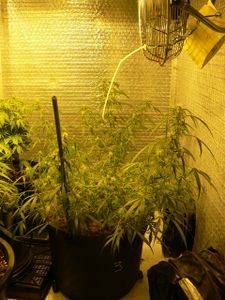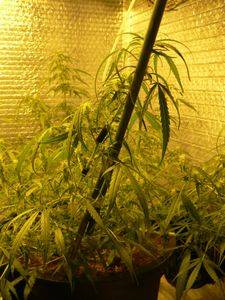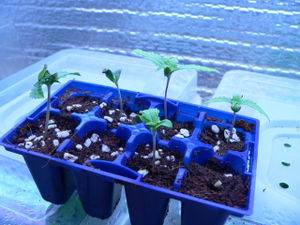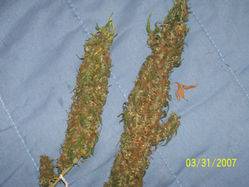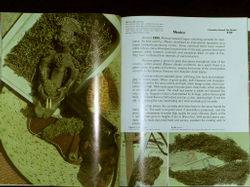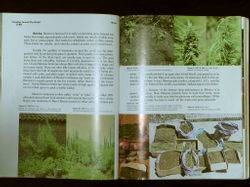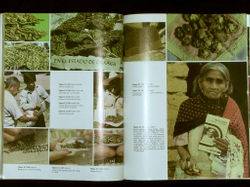G
guest123
Dalaihempy said:ha wally i think many aussies don't relise what there holding and growing in short a lot that don't log on to canna sites don't think the sativas they are growing are basically going the way of the dodo.
I did not know this my self until i started to read and work things out from 2002 and on so.
I know there are many sats from all over the world still being grown here only thing we can do is basically collect shear and educate the others that don't understand or know about strain loss and how valuable some of the lines there holding and growing are.
couldnt agree more delai ,, some very valuable genetics here that need preserving , and your right ,, most of the folks holding them have no idea of their importance ... guess at some point one of us will have to attempt a save the aussie sativa campaign ... lol ...






